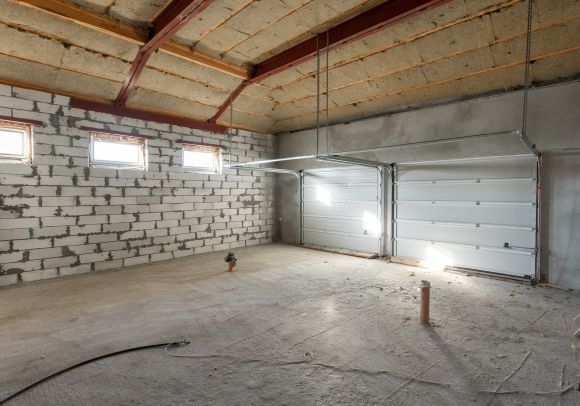How to Match Insulation of Your Garage Door to the Garage





WITH 724 REVIEWS
Click Here To Book Online Now





CLICK
To view local phone numbers

When considering garage door insulation, you first need to consider the walls of your garage, the ceiling and any adjacent living spaces. Check out what building materials have been used as those will influence what affect your door choice will have on the insulation of the space.
To prevent heat loss and optimize the energy efficiency of your garage door, match the R-value of your garage door to the R-value of your garage’s walls.
R-value is the measure of resistance to heat flow through a material, but a higher R-value can not account for heat loss through the walls of your garage. Choosing a door with a higher or lower R-value than your garage currently has will have a limited effect in stopping heat transfer (but you will still want to consider an insulated door for security and durability purposes).
If your garage is constructed of cinderblocks, your garage is considered uninsulated and has an R-value of about 2. In this case, getting a super-insulated garage door won’t stop heat loss, but insulation will add rigidity and durability to your door.


Most homes in the Northeast are built using 2x4 construction, sheetrock, and fiberglass insulation, which would put the R-value of your walls at about an R14. It would be best if you tried to match that in your garage door to increase energy efficiency and decrease heat loss.
New builders are moving to 2x6 construction, which allows for more insulation. This increases the R-value of your garage to about an R20. We suggest you match this in your garage door to ensure your space is air tight and not increasing energy bills.
If you’re unsure about what type of insulation you should have for your garage, ask your Door Designer, and they will be able to help.
License
License #120079









